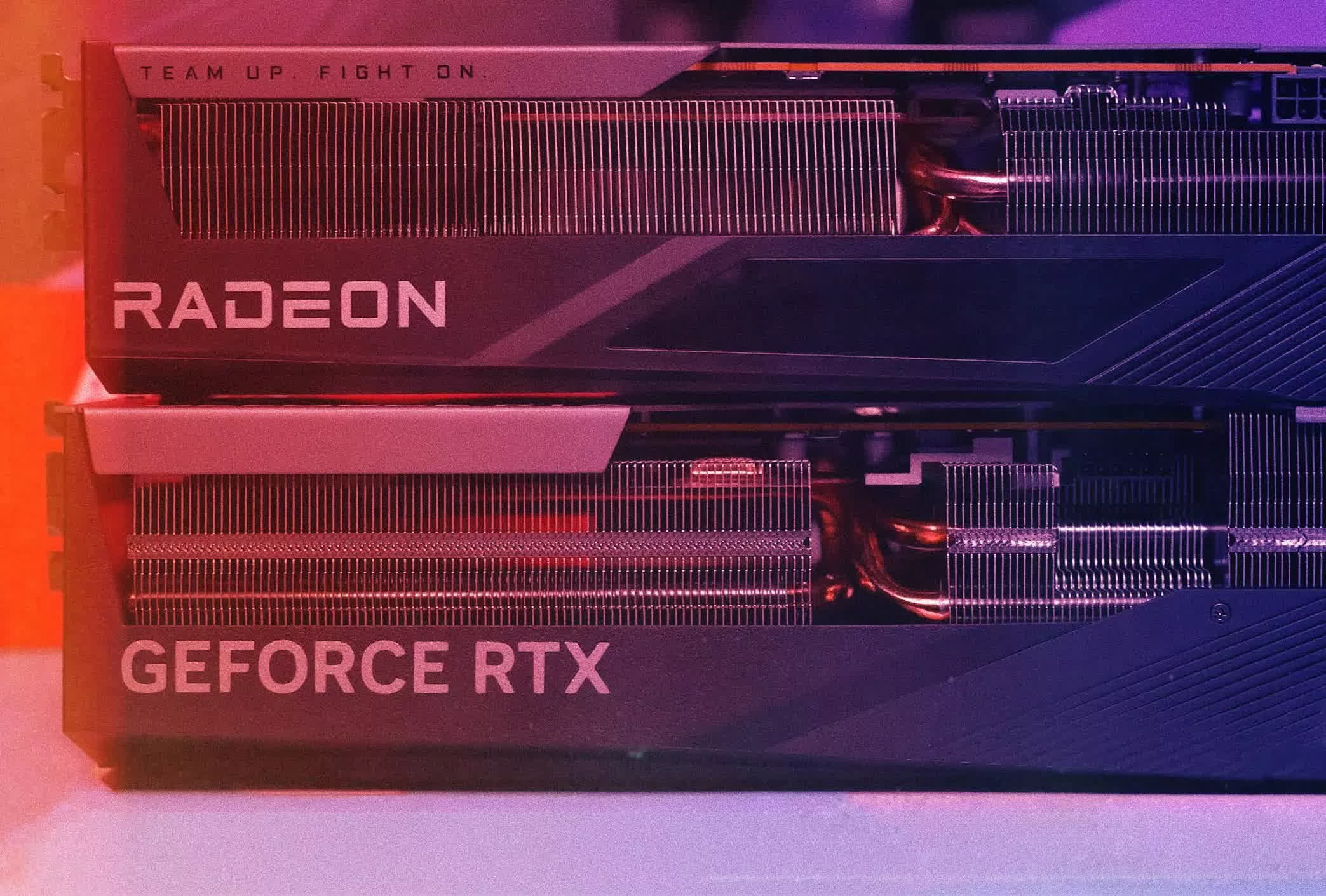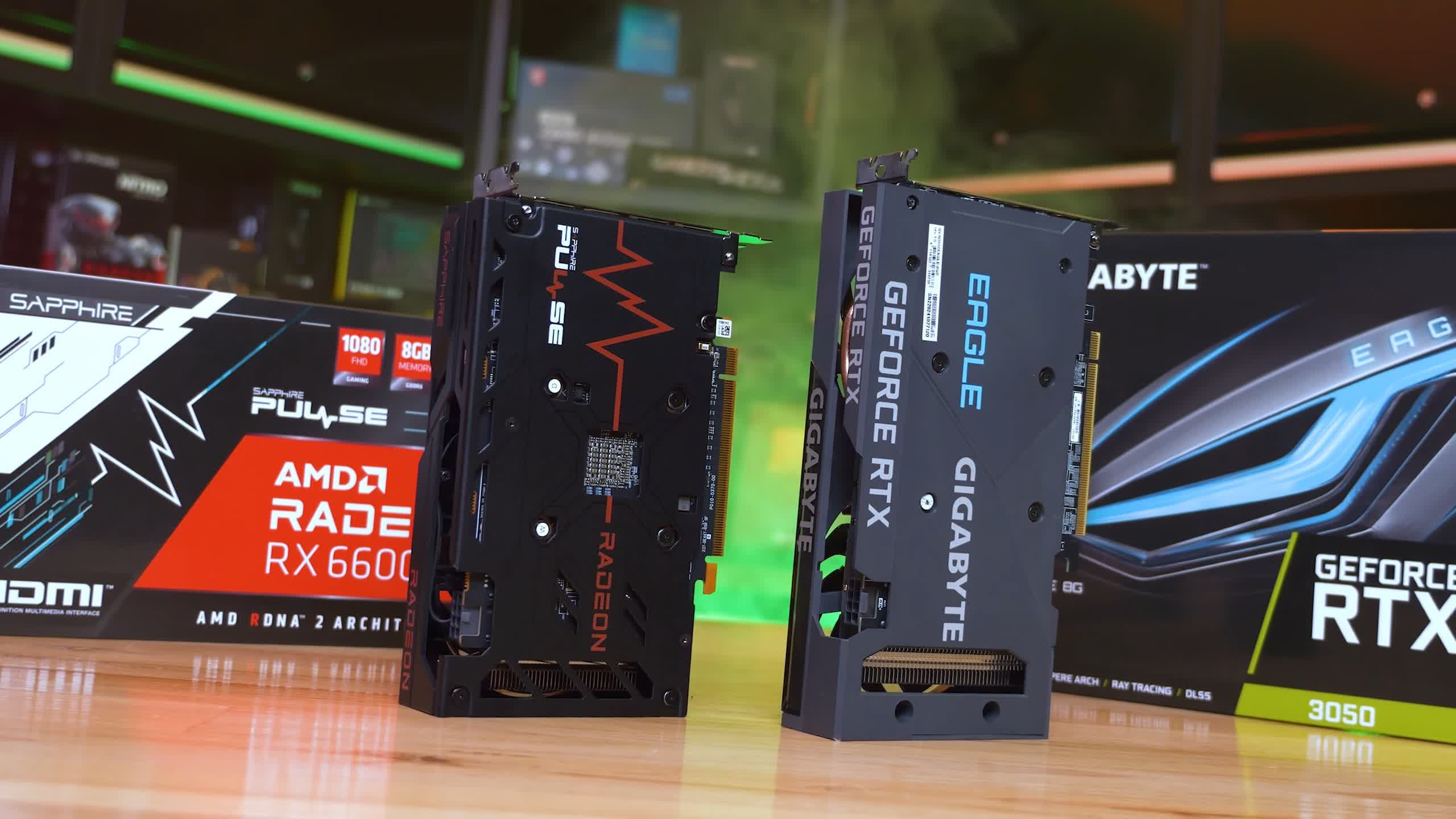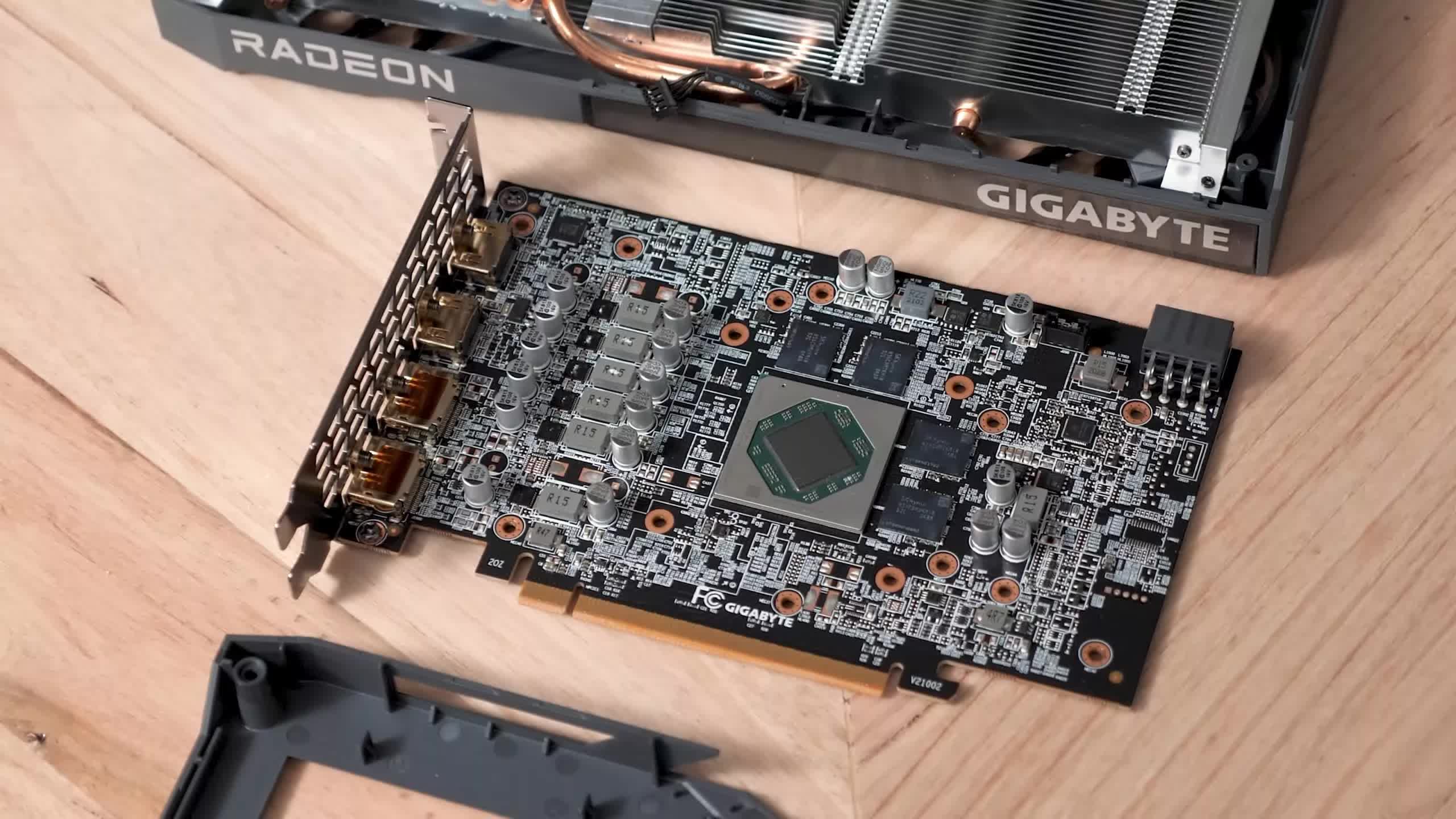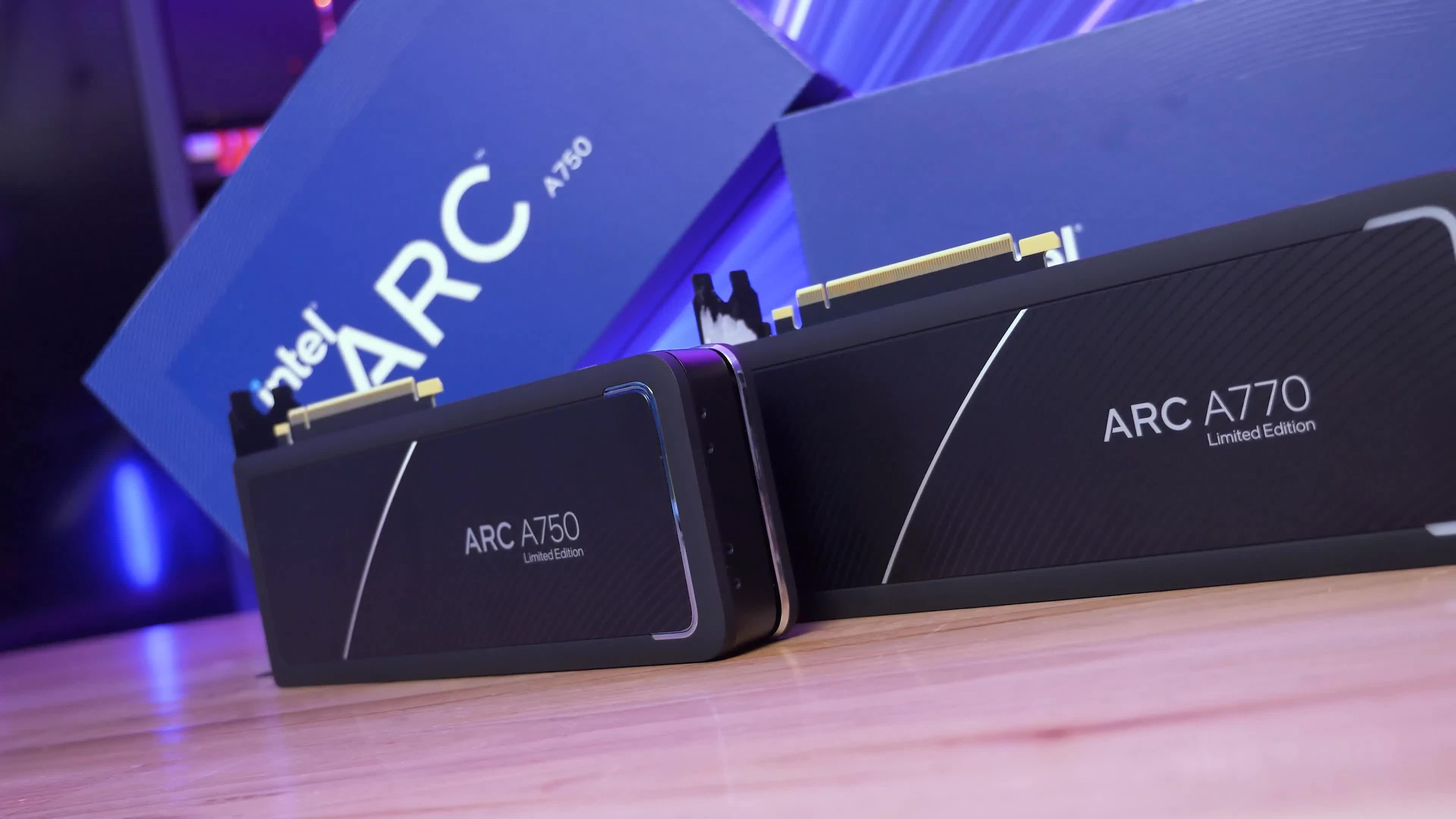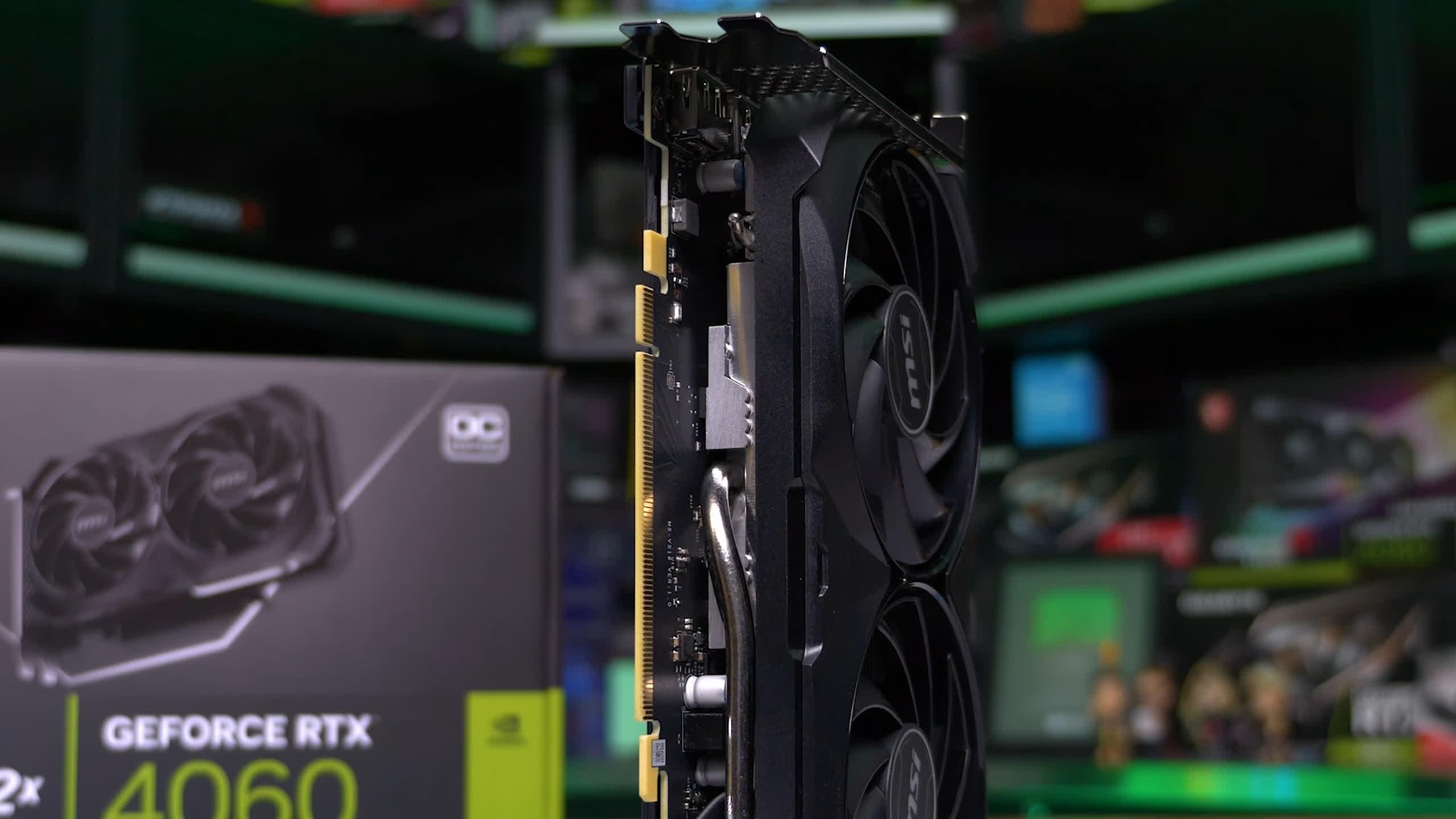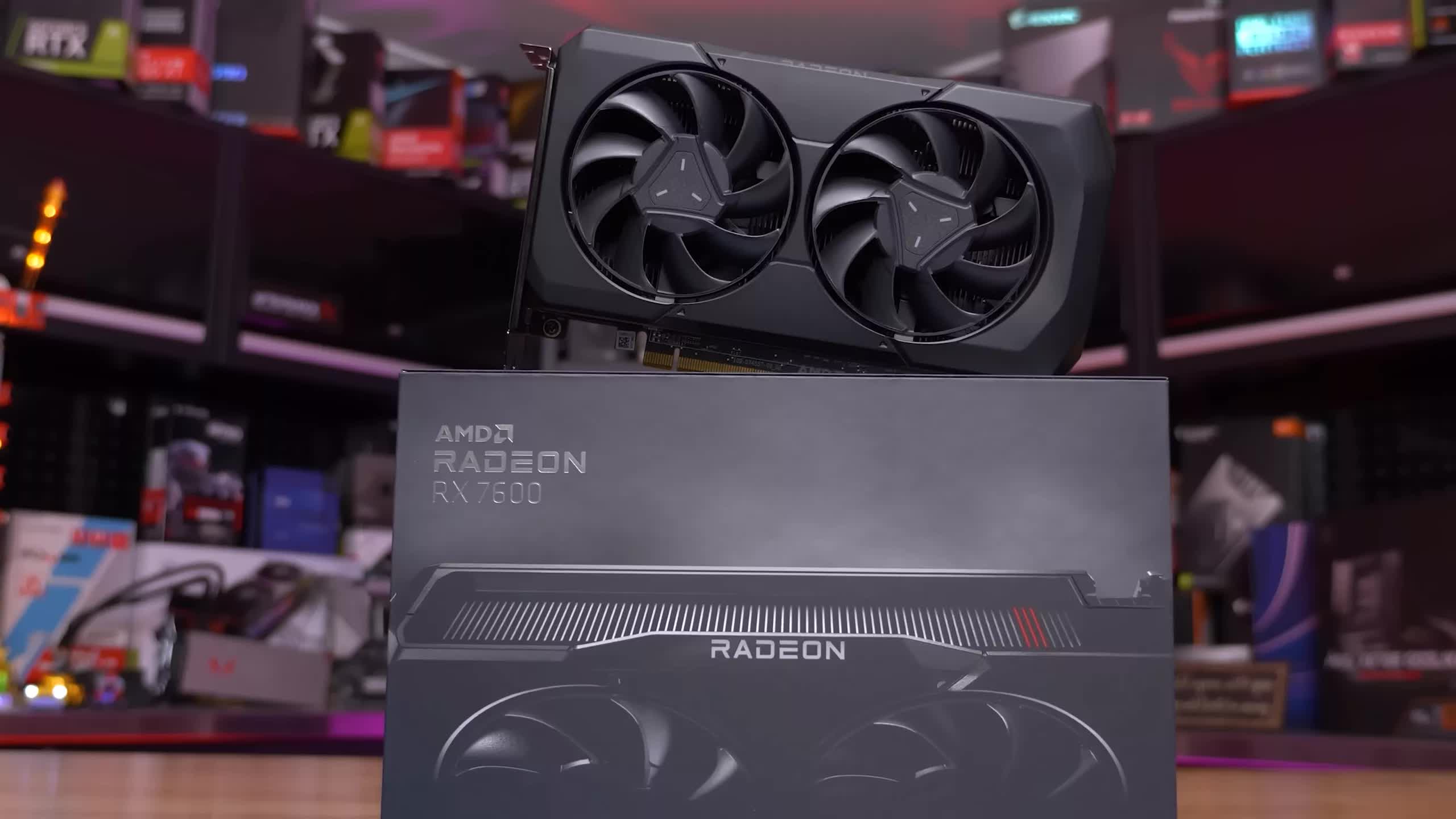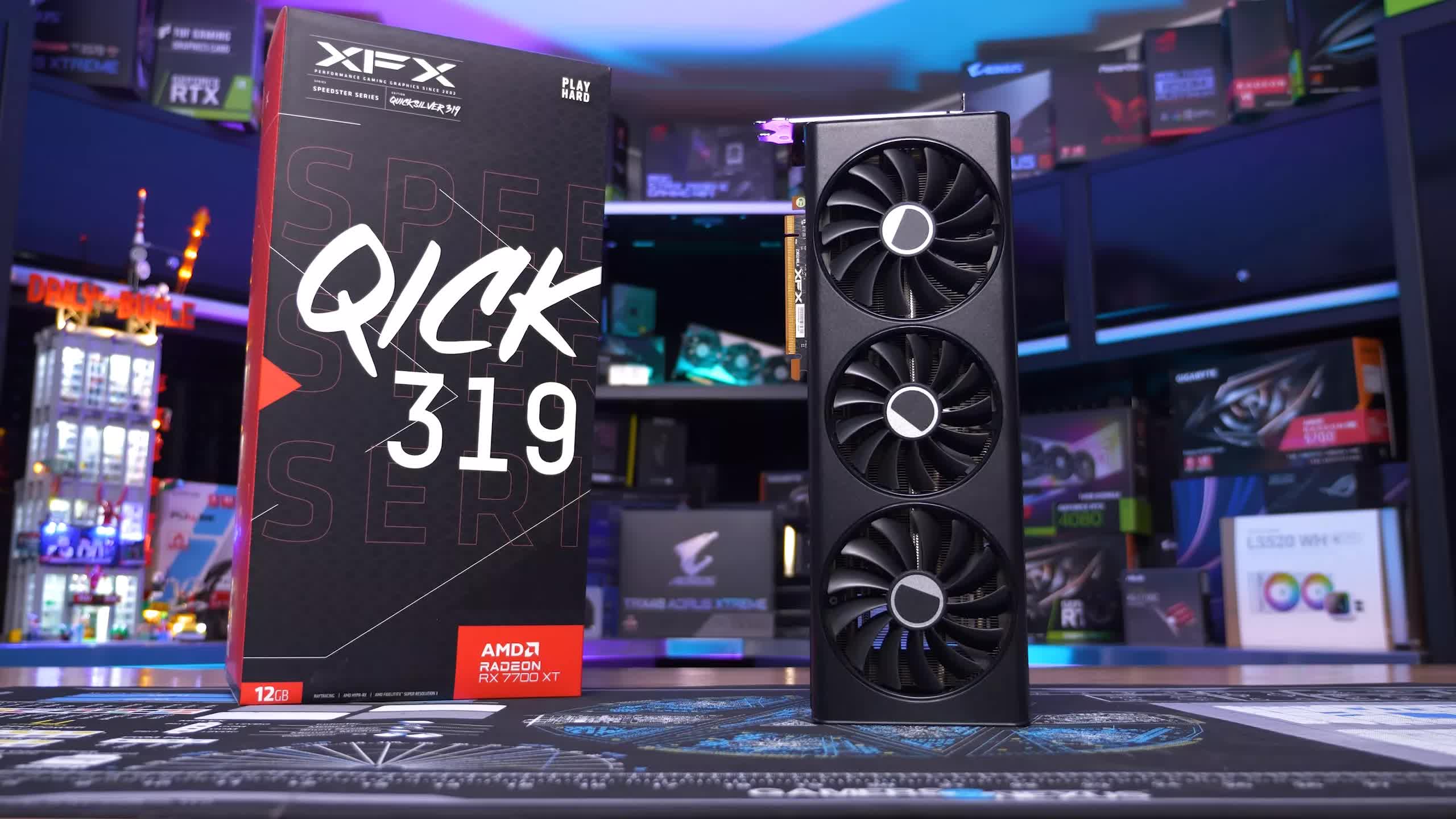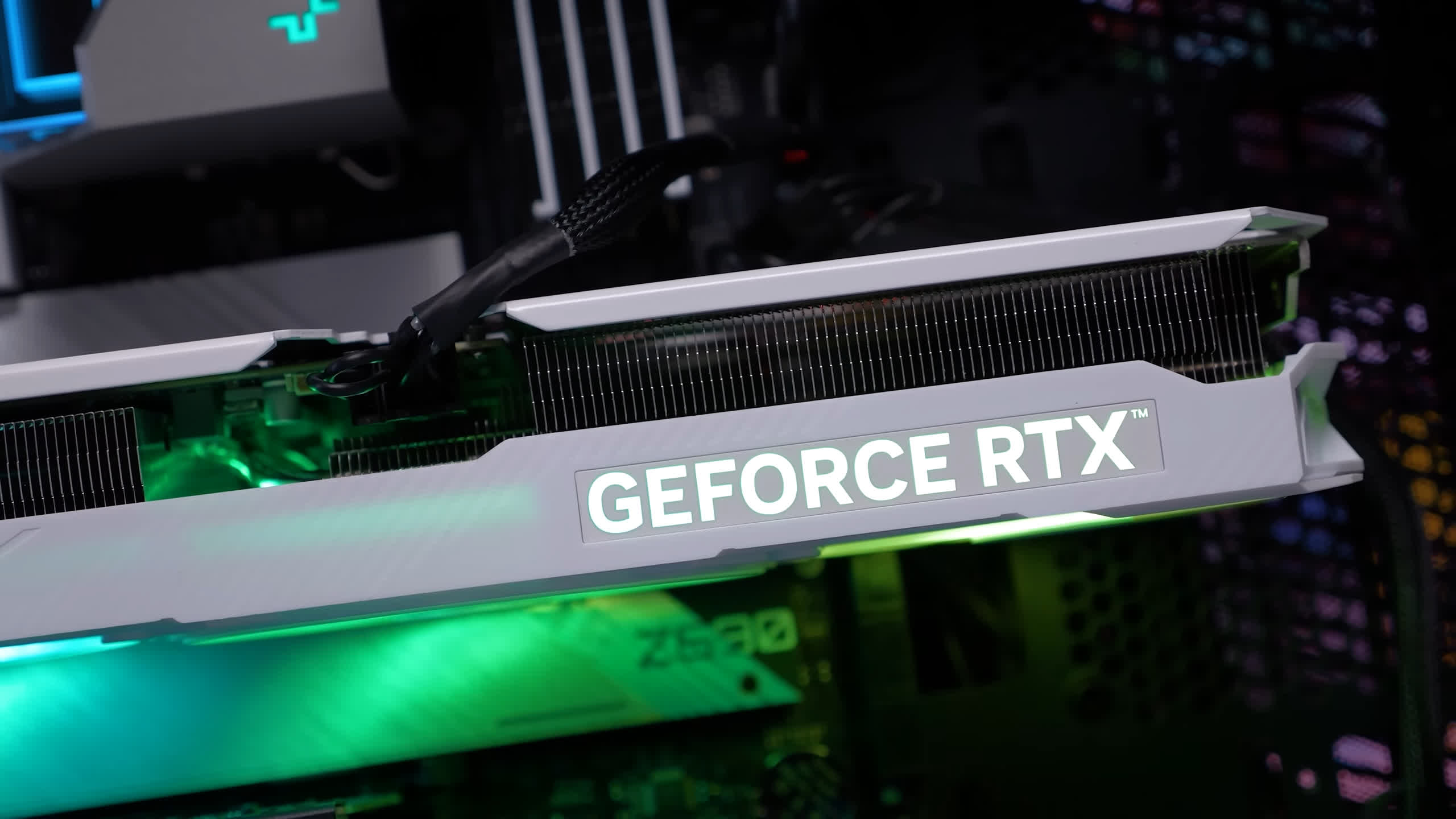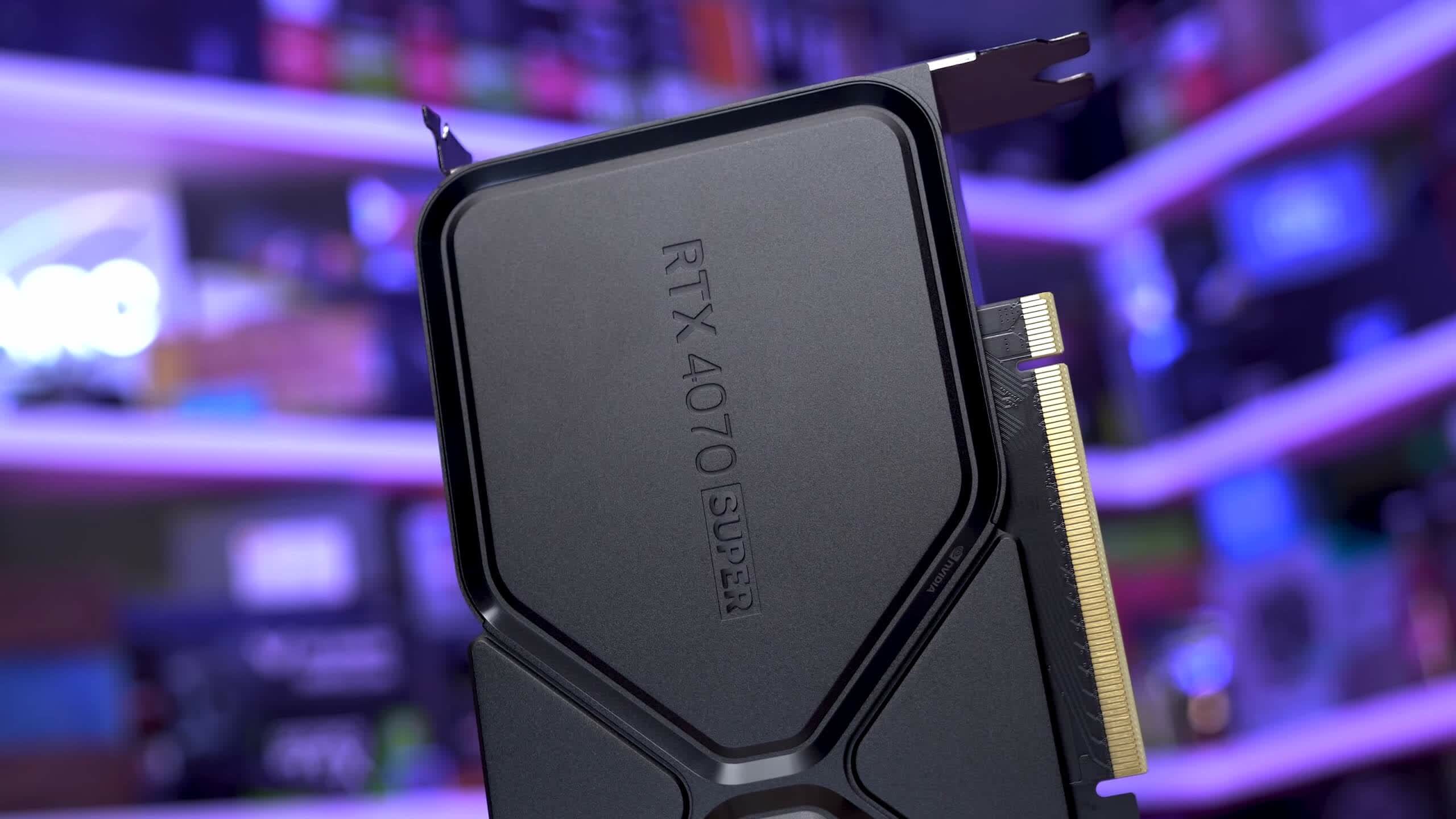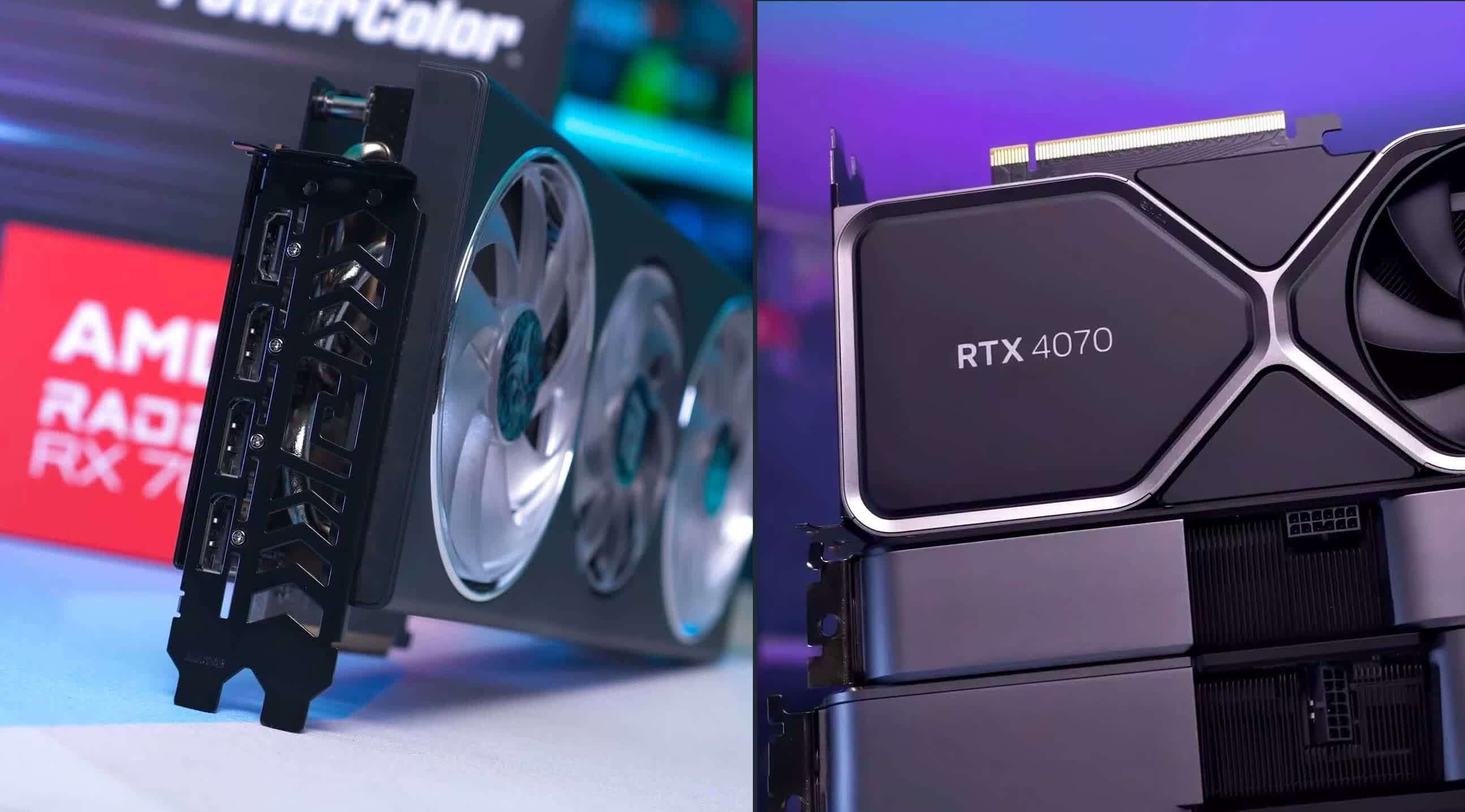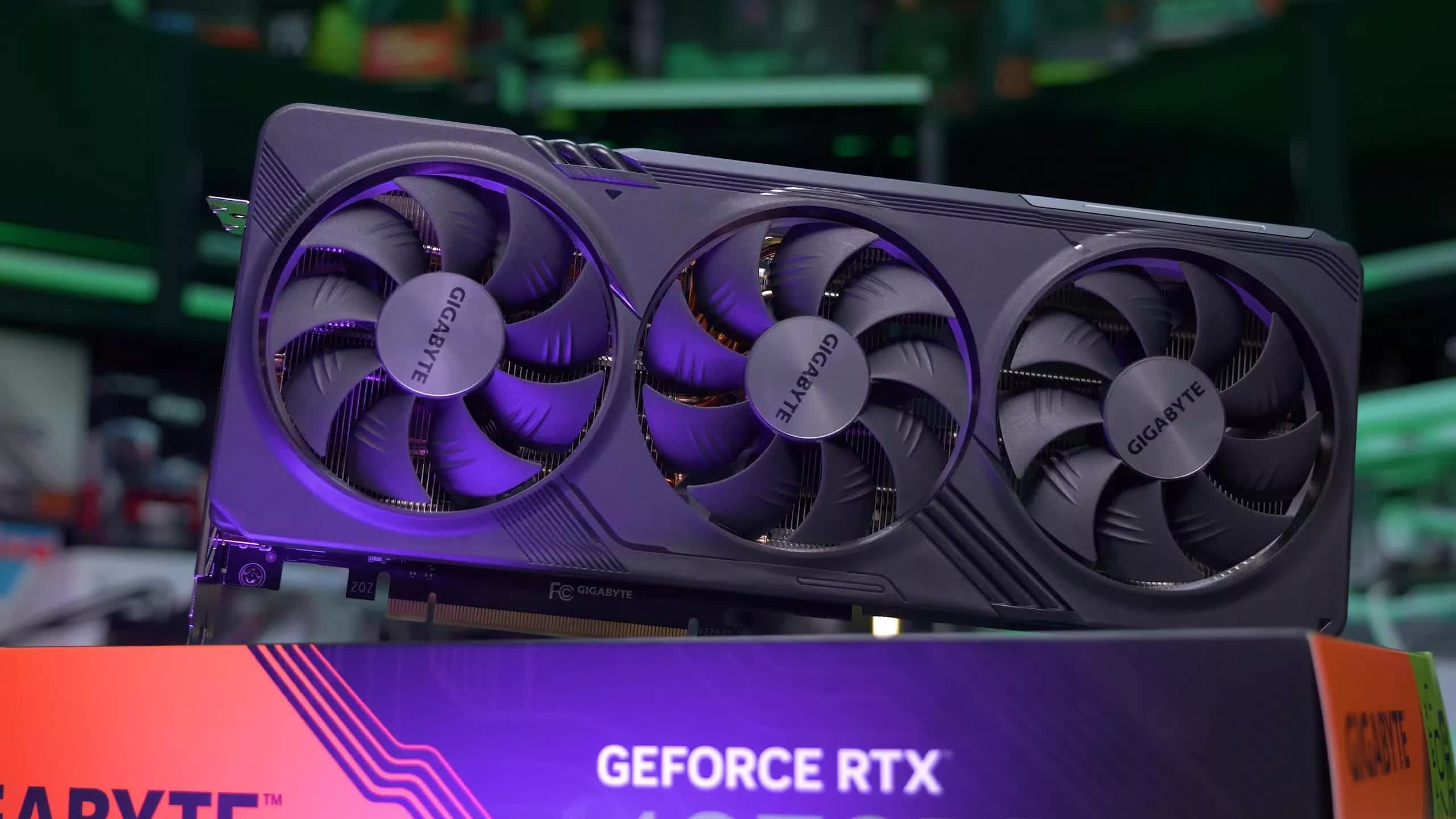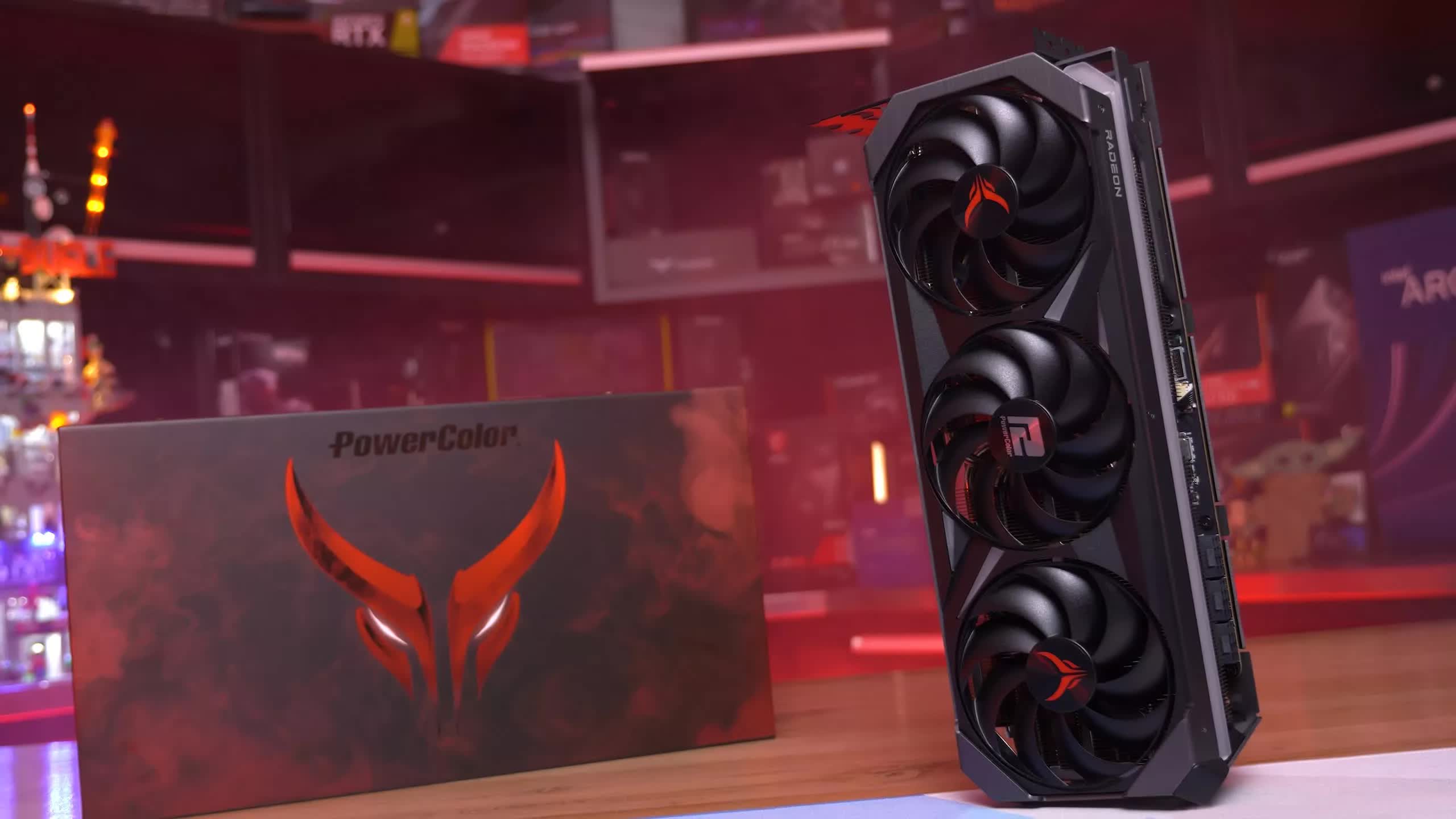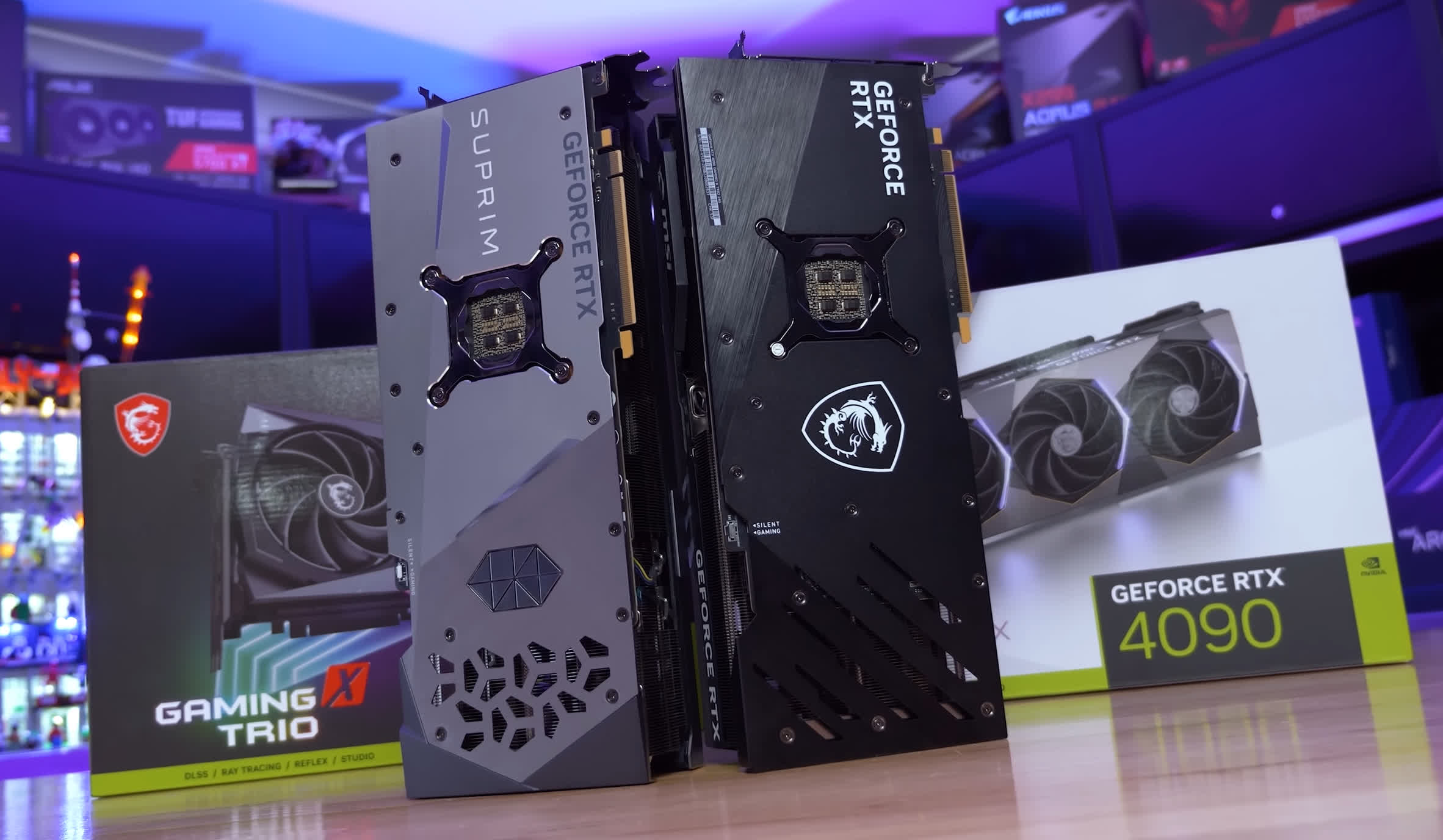When it comes to GPUs and graphics cards, we go in full depth. Year after year, we test dozens of GPUs from Nvidia, AMD, and Intel, to determine which are worth your money and which are dead on arrival. To simplify the process of choosing a new graphics card, TechSpot's guide to the best GPUs aims to answer one simple question: Given a specific budget, which graphics card should you buy?
The current GPU generation is strong, but its cost is notably higher compared to previous years, leading to a perceived lack of value and consequently, lower levels of excitement. Regrettably, we don't foresee a major change in this trend anytime soon, as GPU makers are prioritizing the production of high-margin data center and AI hardware. It's also important to note that the next generation of GPUs won't arrive until late 2024 or early 2025. That's something to keep in mind for those deciding whether to wait for an upgrade or to purchase now.
We have organized this guide from bottom to top, presenting our top GPU picks at each price point, starting from the most affordable options and working our way up to the most expensive one.
Entry-level GPUs: $100 to $200
AMD Radeon RX 6600
Starting with the most affordable graphics cards, you won't find any latest generation GPUs in this segment. From AMD, you have the choice of the Radeon RX 6400 for $125, the 6500 XT at $140, the Radeon 6600 at $190, or perhaps the 6650 XT, though this one exceeds $200 at $230.
From Nvidia, there's the disappointing GTX 1630 at $135, the more appealing GTX 1650 at $170, the RTX 3050 at $180, the GTX 1660 Super at $190, and then the GTX 1650 Super. The latter, priced at $250, appears to be running low on stock, so you can ignore that. Newcomer Intel also has two options in this price range: the A580 at $180, and the A750 at $210.
When looking at the lower-priced options – the RX 6400, 6500 XT, and GTX 1630, all priced below $150 – frankly, they are all terrible options, but the 6500 XT stands out as the least unsatisfactory choice among them. Despite being limited to PCIe 3.0, the 6500 XT is almost 70% faster than the GTX 1630 while costing $5 more. Both models come with just 4GB of VRAM, making them unsuitable for high-end gaming. However, at the lowest quality settings and 1080p resolution, the 6500 XT can deliver 30+ fps in most modern games.
But, in general, we strongly advise to overlook these, as their performance is lackluster. Instead, consider adding an extra $50 for the Radeon RX 6600. While still a budget product by today's standards, compared to the 6500 XT and GTX 1630, it performs significantly better, offering 1.7x the performance of the 6500 XT and 3.6x that of the GTX 1630.
To put it another way, the Radeon RX 6600 is on average 78% faster than the 6500 XT and costs just 36% more. If you limit the 6500 XT to PCIe 3.0 instead of 4.0, the RX 6600's performance advantage skyrockets to 127% faster. Just as important, the 6500 XT has only 4GB of VRAM, while the RX 6600 comes with 8GB.
The Intel A580 and A750 GPUs are decent options. Priced similarly to the Radeon 6600, the A750 generally performs a bit faster, while the A580 offers comparable performance at a slightly lower price. We wouldn't discard them as alternatives but it's important to note that Arc GPUs require a system with Resizable BAR support to perform this well. Although Intel has made significant progress on drivers, we still run into issues when benchmarking these GPUs across a wide range of games, especially new releases, and new driver updates to fix issues can take days or even weeks to become available.
The Radeon RX 6600 is our number one pick for budget builds, with Intel GPUs coming in as a secondary choice, with no real competition from Nvidia in this segment. The RTX 3050 is slower than the RX 6600 by a ~30% margin. The RTX 3050's pricing also puts it in competition with the $230 Radeon 6650 XT, which is about 20% faster than the standard 6600, making the latter the best value and the GeForce an absolute no-go.
Mainstream GPU: $300
Nvidia GeForce RTX 4060
If you want to buy a current-gen GPU, but still want to spend as little as possible, your options are the Radeon RX 7600 or Intel Arc A770 for $270 or the GeForce RTX 4060 for $300. These are 8GB graphics cards, except for Intel's GPU which offers 16GB, but none are particularly outstanding in terms of performance.
Performance-wise, both AMD and Nvidia models are about the same, offering previous generation low-end performance at a slightly better MSRP. Compared to the Radeon RX 6600, these are ~25% faster but cost at least 40% more, and almost 60% more in the case of the RTX 4060.
Based on our 15-game average data from the RTX 4060 review, the GeForce GPU produced an average frame rate of 91 fps, whereas the RX 6600 managed 71 fps. This makes the newer, more expensive GeForce GPU ~28% faster. If maximizing value for money is your priority, purchasing the Radeon RX 6600 and accepting a slight performance decrease can lead to substantial savings. However, if you're set on a current generation GPU, either the RX 7600 or RTX 4060 will do.
We feel that, in this instance, the GeForce GPU is worth the premium, as it is only $35 more expensive and offers access to DLSS. Ideally, based on their specifications, the RTX 4060 and company should be priced at $240 or below, but unfortunately these ideal prices are not reflective of the current market.
Mid-range Performance: $400 to $450
Radeon RX 7700 XT or GeForce RTX 4060 Ti 16GB
Stepping up the budget to the $400 to $450 range, you have the option of the $400 8GB RTX 4060 Ti – for an 8GB graphics card in today's market, that's too expensive. However, the 16GB RTX 4060 dropped from $500 to a more reasonable $450, and so there's little justification for choosing the 8GB version.
The competing Radeon 7700 XT had a lukewarm reception at launch, as its MSRP was only $50 less than the 7800 XT, representing a mere 10% savings for a product that was 16% slower and had 25% less VRAM. However, AMD has since adjusted pricing and the Radeon 7700 XT is now ~$90 cheaper than the 7800 XT, making them similar in terms of cost per frame.
And with that, is the Radeon 7700 XT a viable option at $400, or is the 16GB RTX 4060 Ti for $450 a better deal?
For rasterized performance, the 7700 XT is 14% faster, and for ray tracing, the margins can be similar in games like Fortnite, though other titles like Cyberpunk 2077 heavily favor the GeForce GPU. Generally speaking, neither GPU is robust enough to fully capitalize on RT effects, so in our opinion, RT performance is less critical in this context.
These are 1440p GPUs, so upscaling plays a more significant role than with the RX 7600 and RTX 4060. The RTX 4060 Ti also has more VRAM, though the jump from 12GB to 16GB is less impactful than going from 8GB to 12GB.
Choosing between the 16GB RTX 4060 Ti and the RX 7700 XT is challenging, as they are quite similar. However, prioritizing rasterization performance at this tier, we would lean towards the 7700 XT, which offers a notable improvement in 1440p performance, such as increasing the frame rate in Cyberpunk 2077 from 64 fps to 83 fps. Nevertheless, the generally superior DLSS quality at 1440p could sway us towards the GeForce GPU for the extra $10.
Also worth mentioning here, while supplies last, is the Radeon RX 6800 at just $400. The RX 6800 offers similar performance to the 7700 XT, but gives you an extra 4GB of VRAM to match the 4060 Ti 16GB, and costs $10 less. Power efficiency is similar between the two, though the 6800 lacks AV1 encoding. For a rasterization-focused buyer, we'd choose the RX 6800 over the 7700 XT while it's still available at that price difference.
Mid-range-Plus Performance: $500 to $600
GeForce RTX 4070 Super
In the upper mid-range, we have a few GPUs competing with some price differentiation between them: the RTX 4070 Super sits at $590, the recently released RX 7900 GRE at $550, the discounted RTX 4070 which is around $525, and the aforementioned the Radeon 7800 XT which sells for around $500.
The Radeon RX 7800 XT is clearly the best value for rasterization: 7% better than the 7900 GRE and 14% better than the 4070 Super. The RTX 4070 Super is typically the fastest GPU, but also the most expensive in this range, and it's only 9% faster than the 7800 XT for rasterization. The 7900 GRE simply isn't cheap enough at current prices.
With superior ray tracing performance, this flips, and now the RTX 4070 Super is the best buy, though it's only slightly ahead of the vanilla RTX 4070. In our 10-game sample, we had the 4070 Super offering 15% more performance for a 12% price premium based on current prices, so the decision mostly comes down to whether you want to pay $590 or $525, as you get corresponding levels of performance.
This applies in general to the battle between AMD and Nvidia. Around $600, we're most tempted by the RTX 4070 Super, but at $500, the Radeon 7800 XT makes a strong case for itself. With that said, we could easily be convinced to spend the extra $35 on the RTX 4070 to gain access to faster ray tracing and Nvidia's superior feature set while only sacrificing around 10% in rasterization performance. The 7800 XT was more attractive compared to the 4070 when it launched because it was $100 cheaper than the Nvidia alternative, but with that gap shrinking to just $35, it has allowed Nvidia's offering to become much more appealing.
Benchmarking Your Budget: $700 to $1,000
GeForce RTX 4070 Ti Super or Radeon RX 7900 XT or GeForce RTX 4080 Super
With a more ample budget for a graphics card, your options in this segment include the GeForce RTX 4070 Ti for $680, the Radeon 7900 XT for $700, the newer RTX 4070 Ti Super at $800, along the Radeon 7900 XTX at $930 and the RTX 4080 Super at a hefty $1,000.
The battle between the GeForce RTX 4070 Ti and the Radeon 7900 XT is heavily stacked in favor of the Radeon GPU at about the same price point. Based on our data, the 7900 XT is ~8% faster on average for rasterized gaming, a modest win, and then 7% slower on average for ray tracing, although the margins here will vary greatly depending on the games used for testing.
Overall performance is generally similar, but our main issue with the RTX 4070 Ti is paying that much money for a mere 12GB frame buffer. For instance, we've seen how much better the 16GB Radeon RX 6800 aged compared to the 8GB GeForce RTX 3070, particularly with texture issues in games like Halo Infinite. It's a close battle nonetheless
When discussing rasterization, the Radeon 7900 XT also offers the best value against the RTX 4070 Ti Super, however when it comes to ray tracing, the 4070 Ti and Ti Super are much faster, with the base Ti offering 23% more performance on average for $20 less.
For those seeking even more performance, the Radeon 7900 XTX offers similar value to the XT version, delivering ~20% more performance for a 24% premium ($910 as of writing). It also has a bit more VRAM, although that might be superfluous. The Nvidia Super GPU effectively replaces the original 4080 model for $1,000 (a price cut compared to the original, believe it or not).
The Radeon 7900 XTX is typically ~10% faster in rasterized games, and 24% slower for ray traced games. This puts it in an interesting position where the best GPU for you may depend on how you value ray tracing.
The RTX 4080 Super is better value for ray tracing, offering 18% better cost per frame, but the 7900 XTX is about 20% better cost per frame for rasterization. Then there's DLSS, which surpasses FSR for upscaling and frame generation, though the difference is less noticeable at higher resolutions. There's reasons to go either way, but with a superior feature set, the RTX 4080 Super is generally the better choice.
Money Means Nothing: The $2,000 GPU
Nvidia GeForce RTX 4090
Our final pick is quite straightforward. If you want the best of the best and aren't concerned about the price, you're Nvidia's favorite sort of person. Step right up and let me introduce you to the RTX 4090 for a cool $1,800 – it's supposed to cost closer to $1,600 (list price), but Nvidia decided that's too cheap, so it's been up and down, sometimes selling in excess of $2,000.
The RTX 4090 wins the ultimate high-end GPU category by default. There's no competition from AMD as it offers ~25% more performance than the 7900 XTX, and while it might cost 100% more at retail, select gamers who want the best there is appear more than happy to pay the premium. It's also ~32% faster than the RTX 4080 Super, making the 4090 over 80% more expensive. Not a significant concern if you have plenty of money to spend on a premium gaming graphics card, but typically, the 4080 Super is a more sensible choice.
That means the RTX 4090 has been a massive success for Nvidia, so don't expect the next generation of extreme GPUs to be any cheaper, if anything the safe bet would be for prices to increase, oh my.
